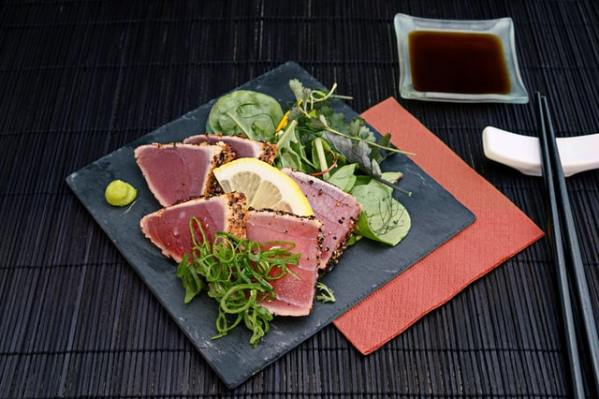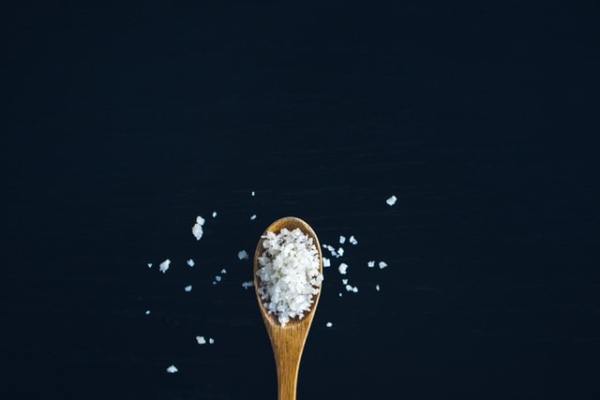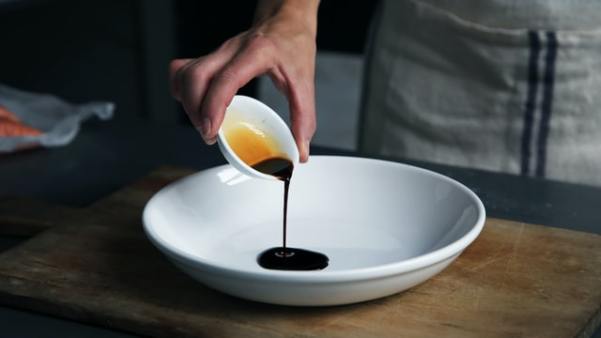If you’re like me, you’re pretty much a novice in the kitchen. I’ve got the necessary instructions down and can follow a recipe, but I actually have no idea what I’m doing when I’m doing it. It’s difficult to understand the functionality of cooking and what food needs to be chef-quality good. What are they doing when they’re in the kitchen creating the delicious food we get out of our homes to go and eat? Luckily, we have the knowledge of one such chef. Andrew Hastings hails from Kingscliff, Australia, and is one of our favorite chefs! We’ve asked him to give us some insider chef tips on what we can do to ensure that all of our food looks and tastes absolutely delicious. Keep reading for more and follow Andrew here.

Top Chef Tips for Making Sure Every Dish Is Flavorful
There are so many tips for making a dish tastier that I can think of. But my best advice is to key in on your seasoning. Seasoning is one of the best chef tips that I can give to you. When I think of seasoning a product or dish, I usually break it down into three things. Those things are acidity, salt, and depth. For a dish to be successful, you need to balance all of these things and create a beautiful palette of flavor. I’ll give you a breakdown of each of these key elements below so you can make sure all of your food is delicious. We’ll start with depth.
Depth
The depth of the flavor can occur from the caramelization of sugars, fats, and salts found in your food. Sometimes, we can manufacture depth from umami-rich seasonings. You can find that flavor in the following:
- seaweed
- dried mushrooms
- soy
- anchovies
- oyster sauce
- Worcestershire
- fish sauce

Other forms of depth can be achieved from the correct cooking of spices and herbs. I learned recently for example, that you should not only try and use whole spices. You refresh them with water before dry toasting and then grinding them. This method will result in a clearer, cleaner less bitter rounder flavor profile. Identify different herbs and how they work with your food. Add meaty more stringent herbs such as thyme, rosemary, and coriander root early to the cooking process. These herbs will marry to other profiles and help create a better depth of flavour. Fats are also in the conversation here. For example, a good depth in a coconut cream-based curry is to cook the dish out until the cream is cracked. The use of butter and cream or oil to finish a dish helps to balance out acidity and give a velvet-smooth finish.

Salt
With salt, stick with good coarse sea salt or kosher salt. Depending on what I’m cooking, I often use other forms of salt. Like soy or fish sauce. Or I may use both. For example, in mushrooms or other vegetarian dishes, soy and oyster sauce can give the dish salt and depth profiles. Even in European dishes, I like using these different salt profiles to pack a punch in my food.

Acidity
The acidity or the “sour” is probably my favorite. I love this part, the sour for me is the “leg up” for all the other flavor profiles. But, it can also be used to fix some flavor issues. It provides the “punch”. The sour or acidity for me essentially comes from things like lemons, limes, and vinegar or in other forms. Forms like tamarind, grapefruit, yogurt, sumac, and mango powder. You can also use under-ripe fruit like a green paw-paw or green mangos. The proper use of the sour element can definitely help when you’re confronted with bitterness or over-salted foods. If you feel as if your food is feeling a little too salty, you can add a little bit of acidity to help.


